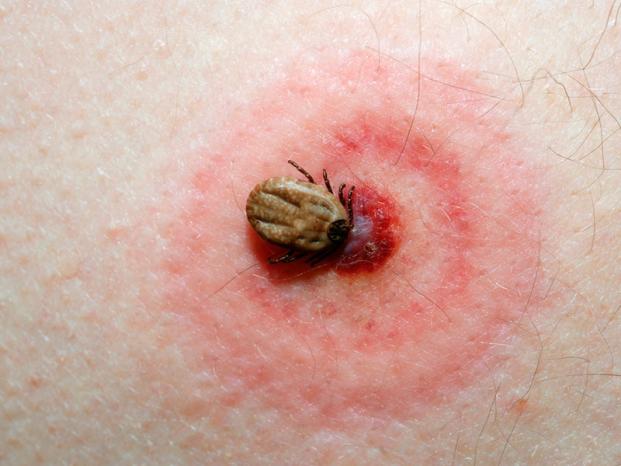I often see alarmed patients in my consultation who show me an analysis that a medical colleague has requested to study, for example, a general syndrome, a rash, arthritis or a tick bite and which show some “positive results” for Lyme disease, almost always serologies. From that moment on, it is a challenge for me to confirm or deny the possible infection and, if necessary, to decide whether to treat or reassure our patient and not subject him to unnecessary procedures or treatments.
Identified in the 1980s in samples of human tissues and ticks from Lyme County (Connecticut, USA), Borreliaburgdorferi and its different genospecies have subsequently been isolated in Europe, North Africa, Asia Minor, Russia and Japan, but never in sub-Saharan Africa, South America or Australia, so it is considered that the distribution of this group of spirochetes is essentially Holarctic.

In most cases, the vector of infection in Western Europe and North Africa is the common tick (Ixodesricinus), hard-bodied, hematophagous (it feeds on blood), and which pierces the skin with its mouthparts by inoculating the Borrelia. This tick is also the transmitter vector of Flavivirus that causes tick-borne encephalitis in Europe, which affects most mammals, including humans.
Generally, ticks pass from the grass to a living host and crawl upward, looking for a hot, humid area to feed on. Ticks have amazing “antidetection” defenses. For example, your saliva is full of antihistamines, anticoagulants and other inhibitors that prevent the wound from healing, and that decrease the reaction to pain and itching. As a curiosity, the non-fed larvae are so small that they can be confused with freckles and go unnoticed.
The course of Lyme disease is very variable and its clinical manifestations are multiple, sometimes with such nonspecific and general symptoms (tiredness, apathy, altered mood) that they are difficult to interpret even for experienced doctors. The incubation period of the infection from the tick bite varies from a few days to a month, when a flu-like syndrome with fever appears and often, though not always, a typical rash called erythema migrans (EM). Several weeks later, 1 in 10 people infected can develop neurological, cardiological and sometimes aggressive arthritis that can become chronic.
The diagnosis is based on clinical suspicion and epidemiological background. Serological tests that are not indicated in not probable cases can be more confusing than helpful, since “false positives” are very common. That is why sometimes the patient and the doctor have the feeling of searching for a “ghost”, a skillful, elusive and mysterious bacterium that can cause an authentic neurosis in both. Therefore, in case of suspicion of this infection, the assessment by an internist who is specialized in Infectious Diseases is fundamental. He will decide the best method of screening or microbiological confirmation (serology, Western-Blott, PCR, culture) according to the symptoms, background and possible phase of the disease.
Dr. Javier Moreno Izarra. Unit of Infectious Diseases. Hospital Quirónsalud Marbella.





